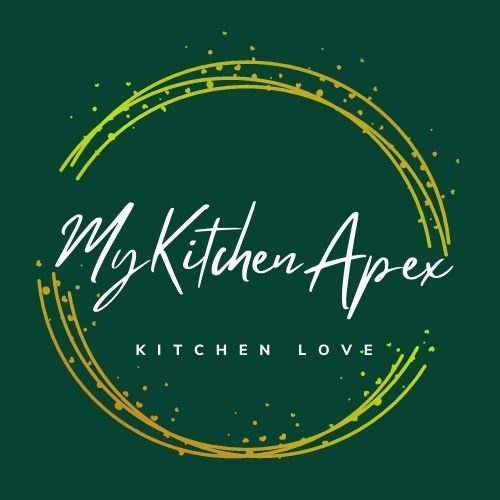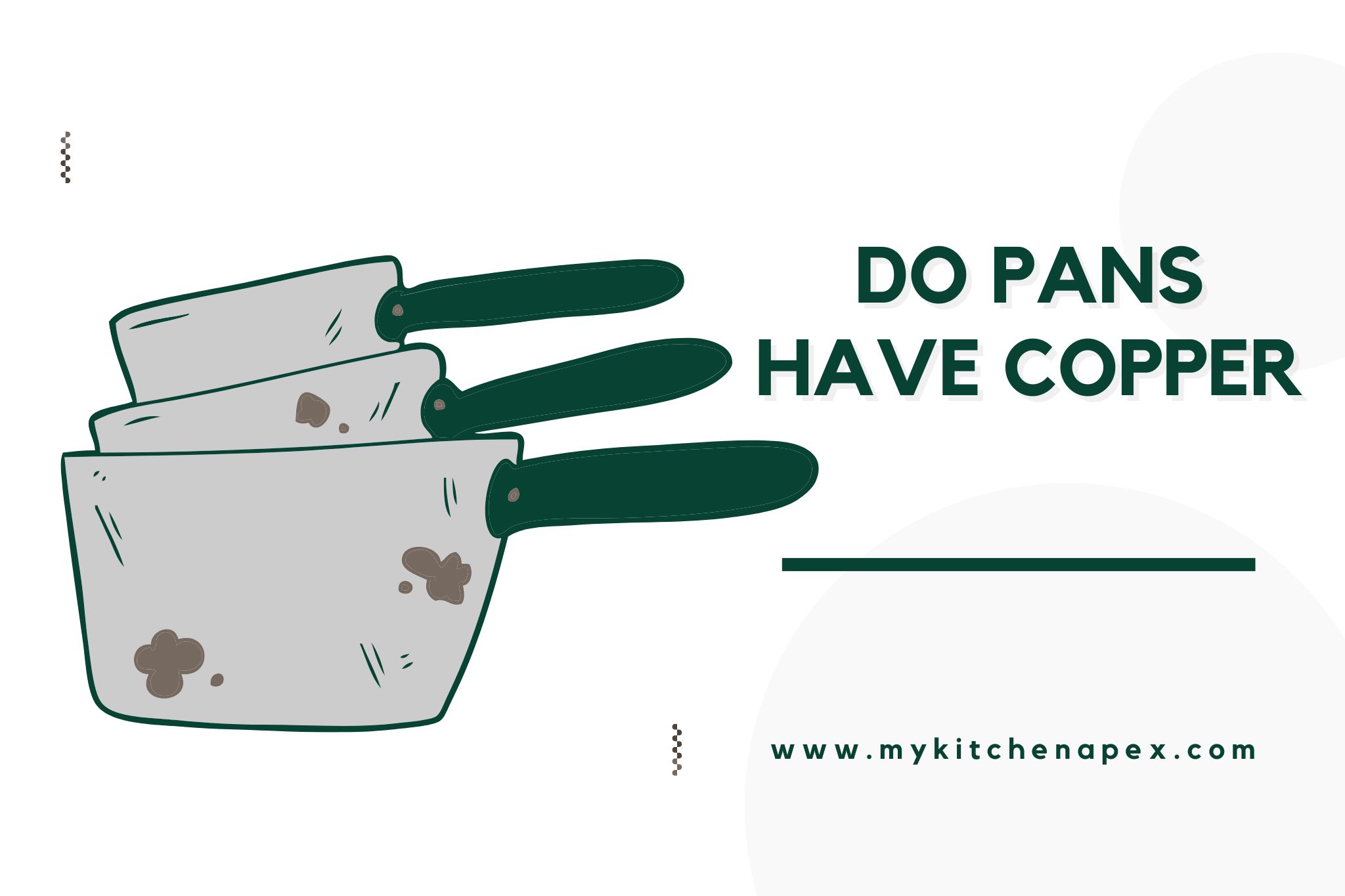Are you curious about the material of your cookware? Have you ever wondered if pans have copper in them? This popular question has sparked debate among cooking enthusiasts and health-conscious individuals alike, leading to a deeper exploration of the composition of kitchen essentials.
Many modern pans are made with a variety of materials, each with its own unique properties and benefits.
Understanding the presence of copper in pans can not only enhance your cooking experience but also inform your decision-making when it comes to selecting the best cookware for your kitchen.
Table of Content
Highlights:
- Copper is used in high-quality cookware for superior heat conductivity and precise cooking.
- Copper pans are safe when lined with non-reactive materials like stainless steel or tin.
- Copper pans offer even cooking, durability, and antimicrobial properties, but require maintenance and can be expensive.
do pans have copper
Pans can indeed have copper as a material. Copper is often used in the construction of high-quality cookware due to its superior heat conductivity and distribution, which allows for precise and even cooking.
These pans are typically lined with other materials such as stainless steel or tin to prevent the copper from coming into direct contact with acidic foods and to provide a non-reactive cooking surface.
Copper pans are favored by professional chefs and avid home cooks for their responsiveness to temperature changes and ability to create a perfectly cooked dish. However, they do require special care and maintenance to prevent tarnishing and to ensure their longevity.
When properly cared for, copper pans can be a valuable addition to any kitchen, providing exceptional cooking performance and aesthetic appeal.
You May Also Like: do cooking pots have lead
Are copper pans safe for cooking?
Yes, copper pans can be safe for cooking when they are lined with another material such as stainless steel or tin. The reason for this is that copper can react with certain acidic foods, causing them to leach into the food and potentially causing health issues. However, when properly lined, copper pans provide even heat distribution and are excellent for cooking.
Some people may have concerns about using copper pans due to the potential health risks associated with copper exposure. It’s essential to ensure that the copper pans are lined with a non-reactive material to avoid any potential health risks.
By using copper pans that are lined with stainless steel or tin, you can enjoy the benefits of their excellent heat conductivity while ensuring the safety of your food.
What are the benefits of using copper pans?
Copper pans offer several benefits, including superior heat conductivity, which allows for even cooking and precise temperature control. This means that foods cook more evenly and quickly, reducing the risk of burning or uneven cooking.
The responsiveness of copper pans to changes in heat levels makes them ideal for tasks such as sautéing and simmering.
Copper pans are also durable and have a long lifespan when properly cared for, making them a worthwhile investment for any kitchen. Their non-stick properties when properly seasoned also make them easy to clean and maintain, saving time and effort in the kitchen.
Copper has natural antimicrobial properties, which can help to reduce the risk of foodborne illness, making it a safe and hygienic choice for cooking utensils.
Also Read: do pans have lids
Disadvantages of Copper Pans
Copper pans have several disadvantages, one of which is their high cost. Compared to other types of cookware, copper pans can be quite expensive, making them an investment for many home cooks.
Copper pans require regular maintenance to keep them looking their best, as copper is prone to tarnishing and discoloration over time.
Another disadvantage of copper pans is their reactivity to certain foods. When cooking acidic or alkaline foods, copper can react with the food and cause discoloration or off-flavors.
This reactivity also means that copper pans are not suitable for long-simmering or slow-cooking acidic dishes, limiting their versatility in the kitchen. Copper pans can be difficult to clean and require special care to avoid scratching or damaging the delicate surface.
Can you use copper pans on an induction stove?
Yes, you can use copper pans on an induction stove. However, not all copper pans are compatible with induction cooking. To use a copper pan on an induction stove, it needs to have a magnetic base.
Induction stoves work by creating a magnetic field that induces a current in the pan, so a copper pan with a magnetic base will work on an induction stove.
It is important to note that traditional copper pans, without a magnetic base, will not work on induction stoves. When shopping for copper pans for use on an induction stove, look for those specifically labeled as induction-compatible or with a magnetic base.
These pans will ensure proper heat transfer and efficient cooking on induction stoves.
How to clean copper pans?
To clean copper pans, start by sprinkling salt over the surface of the pan. Then, cut a lemon in half and use it to scrub the salt around the surface of the pan.
The acid from the lemon and the abrasiveness of the salt will help to remove any tarnish or discoloration on the copper surface.
Next, rinse the pan with warm water and dry it thoroughly with a clean towel. For tougher stains or buildup, you can create a paste using equal parts of flour, salt, and vinegar, and use a soft cloth to apply the paste to the affected areas.
Let it sit for a few minutes before rinsing and drying the pan as usual. Regular cleaning and maintenance of your copper pans will help them maintain their natural shine and luster for years to come.
Also Read: are all pans non stick
Final Thoughts
Copper pans can have copper as a material, and when lined with stainless steel or tin, they can be safe for cooking. They offer superior heat conductivity, even cooking, and are durable, with natural antimicrobial properties.
However, they can be expensive, require regular maintenance, and are reactive to certain foods. They can be used on induction stoves if they have a magnetic base.
Overall, copper pans can enhance cooking but require special care and consideration before use.

